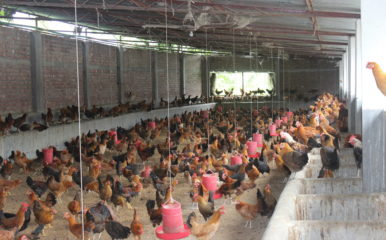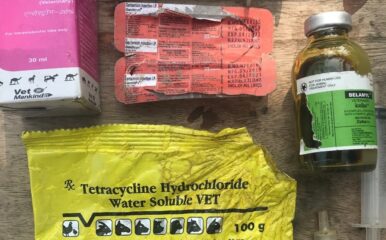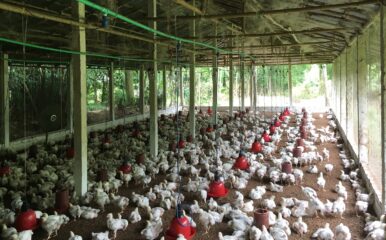
Interdisciplinarity, social sciences and antelopes at dawn
Published on 04/05/2020

PxHere
When a group of Hub colleagues set out earlier this year to reflect on our experience of doing interdisciplinary research across an international team from the RVC and various institutions in Bangladesh, it was a good opportunity to reflect on the work we had done together over the last few years and to look forward to the future. At one point, Professor Nitish Debnath remarked: “This is philosophy.”
How right he was! The substantive point is that if we are to do effective interdisciplinary work across science and social science disciplines, then a degree of ‘philosophy’ is not only desirable but necessary.
Why? Because when we choose what we are going to study (the ‘object of study’) and how we are going to study (the detailed methods, lab tests, social surveys, focus groups, PCR etc.) we are making methodological choices, and these are very much philosophical questions .
Our paper with the technical title ‘Practising co-production and interdisciplinarity: Challenges and implications for one health research’ has now been chosen as this month’s Editor’s Choice by the editor of Preventive Veterinary Medicine. This is, of course, unexpected but a great pleasure and also recognises what can be achieved from working together. It is good to see an interdisciplinary paper in a highly-rated veterinary journal.
I was very pleased by the editor’s nomination because most of my research has been interdisciplinary. This has been enriching because it did what I value very much, enabling effective presentation of new perspectives to often institution- and discipline-bound policymakers.
And along the way I got to work with people from, or to learn about, disciplines other than those I originally studied
Three big lessons are summarised in the paper, and we must take them seriously in our interdisciplinary work in the Hub. They are:
- We must work through the epistemology of creating knowledge between disciplines.
- Without care and serious attempts to understand each others’ perspectives and seriousness, there is a danger of becoming ‘lost in an infinite deconstructive wilderness of theoretical mirrors’ where even provisional truths remain always out of reach …
- … the very serious and cleverly put point made by Carlo Rovelli in his book Seven Brief Lessons on Physics. There he invites us to think about the important distinction between myth making and scientific engagement, pointing to the intellectually (and probably emotional) seductive overlap between the two activities.
He writes:
When we talk about the Big Bang or the fabric of space, what we are doing is not a continuation of the free and fantastic stories which humans have told nightly around campfires for hundreds of thousands of years. It is the continuation of something else: of the gaze of those same men in the first light of day looking at tracks left by antelope in the dust of the savannah – scrutinising and deducting from the details of reality in order to pursue something which we can’t see directly but can follow the traces of. In the awareness that we can always be wrong, and therefore ready at any moment to change direction if a new track appears; but knowing also that if we are good enough we will get it right and will find what we are seeking. This is the nature of science. The confusion between these two diverse human activities – inventing stories and following traces in order to find something – is the origin of the incomprehension and distrust of science shown by a significant part of our contemporary culture. The separation is a subtle one: the antelope hunted at dawn is not far removed from the antelope deity in that night’s storytelling. The border is porous. Myths nourish science, and science nourishes myth. But the value of knowledge remains. If we find the antelope, we can eat.
We should all think about those insights in our interdisciplinary work – and above all make sure we do have those discussions.
© Tony Barnett


